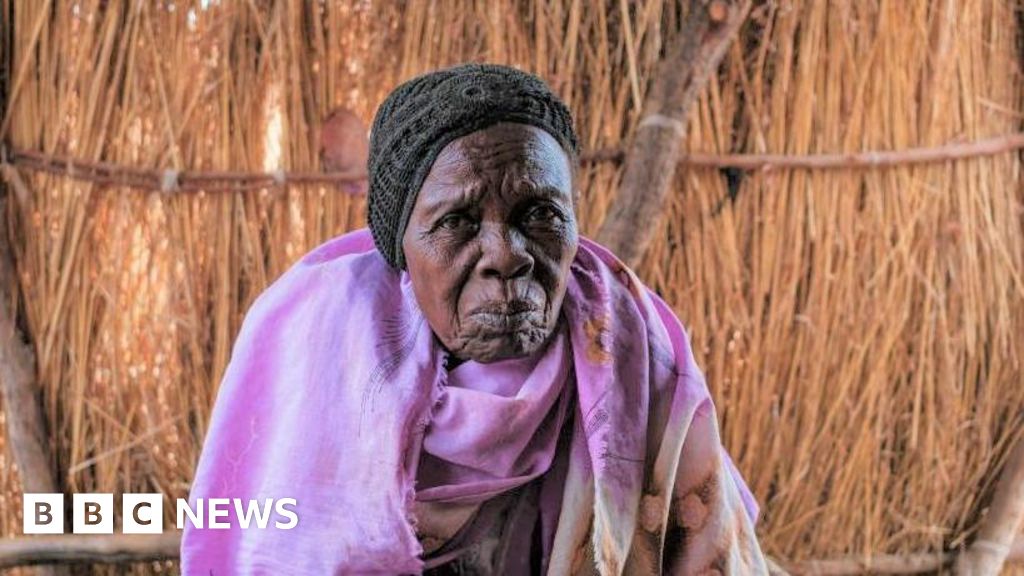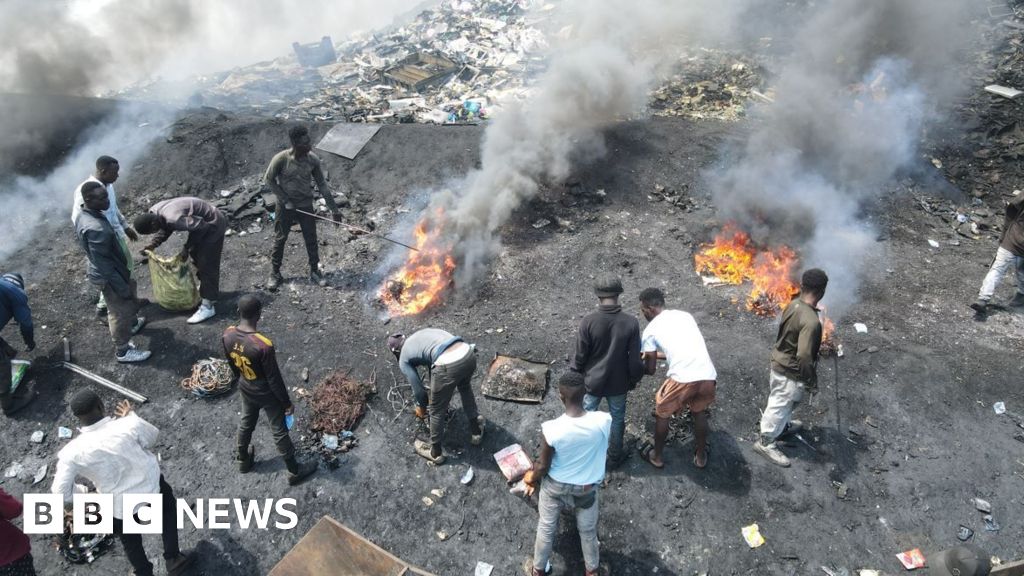Close-up of Tesla Motors logo against a bright blue sky in Pleasanton, California, July 23, 2018.
Smith Collection | Gado | Getty Images
This report is from today's CNBC Daily Open, our international markets newsletter. CNBC Daily Open brings investors up to speed on everything they need to know, no matter where they are. Like what you see? You can subscribe here.
What you need to know today
The S&P snaps losing streak
U.S. markets were mixed on Thursday. The S&P 500 and Nasdaq Composite rose, boosted by Tesla, but the Dow Jones Industrial Average fell. The pan-European Stoxx 600 index inched up 0.03%. Shares of British bank Barclays climbed 4.2%, at one point reaching a nine-year high during the trading session, on its better-than-expected third-quarter earnings.
Best day for Tesla shares in 11 years
Tesla shares surged 21.9%, its best day since 2013. Investors cheered CEO Elon Musk's projection of a 20% to 30% "vehicle growth" in 2025, higher than the 15% that was forecast by analysts surveyed by FactSet. But analysts at Deutsche Bank and Morgan Stanley are doubtful on whether that lofty target can be met.
Capri not being woven into Tapestry
Coach-owner Tapestry's proposed $8.5 billion deal to acquire Capri, owner of Michael Kors, was blocked by a U.S. federal judge on Thursday. Following the news, shares of Tapestry jumped 13.7% while Capri plunged 45.1% in extended trading. The Federal Trade Commission sued to block the deal in April, saying it would harm consumers.
Oppo's AI ambitions
Chinese smartphone maker Oppo has been talking to Google and Microsoft about artificial intelligence on a weekly basis, Billy Zhang, president of Oppo's overseas market, sales and services, told reporters last week. Oppo is working with the two companies to build the next big AI app as it prepares for the launch of its flagship phone.
[PRO] Possible S&P 5% pullback
Earlier this week, the S&P 500 fell for three consecutive days, the first time since early September. While the index has regained ground on Thursday, BTIG thinks headwinds might cause the S&P to sink 5% lower to 5,500 over the next few weeks.
The bottom line
Markets, for the most part, are irrational creatures. As John Maynard Keynes put it, they're driven by untamable "animal spirits."
The influence of the meridian sunspot over the rising moon, for instance, could cast a shadow over the S&P and cause it to slip.
Yes, that's a caricature of how markets work. But it illustrates how, at times, they seem to behave without a concrete chain of causality.
On Thursday, however, the markets did make sense.
Tesla's shares popped 21.9% because it managed to beat Wall Street estimates for earnings per share and Musk projected higher-than-expected vehicle growth for 2025.
The S&P managed to rebound from its three-day losing streak, rising 0.21% because of Tesla's surge, the best-performing stock in the index. The Nasdaq jumped 0.76%, higher than the S&P's gain, because it's heavily weighted to tech companies.
Unlike the other two indexes, the Dow fell 0.33% because Tesla isn't a constituent of the 30-stock index. The Dow was also weighed down by shares of Boeing, which slipped after workers extended their strike, and IBM, which slumped on the company's revenue miss.
Of course, those are oversimplifications. There were other reasons behind market movements yesterday. But the fact that we can even draw a line, however fuzzy, connecting cause to effect suggests investors are scrutinizing earnings and news in a period of uncertainty, caused by the U.S. elections.
The good news is that post-elections, some uncertainty will leave the market and be "replaced by some certainty in terms of the path forward," said Citi's head of global wealth Andy Sieg. And there's "going to be a relief rally that is most likely to happen."
The bad news is that markets might again be swayed more strongly by emotions – as the word "relief" suggests.
— CNBC's Sarah Min, Pia Singh and Lisa Kailai Han contributed to this report.











 English (US) ·
English (US) ·